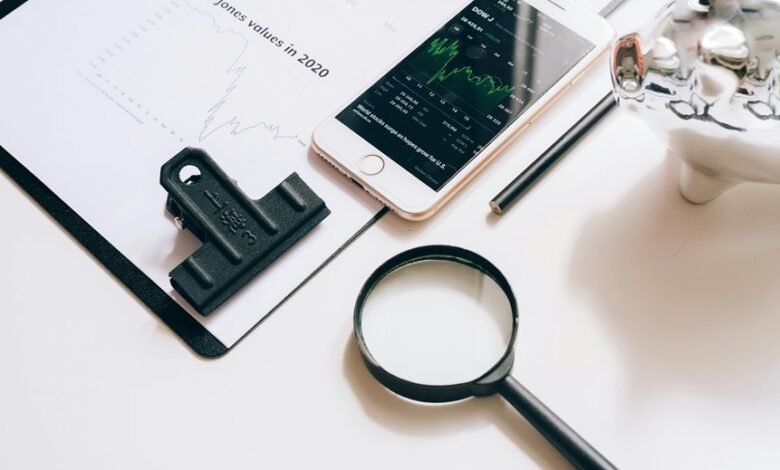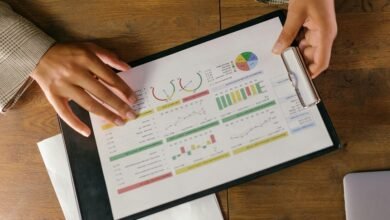Find Out Everything About Any Phone Number: 3509375114, 3510354607, 3511740673, 3513576796, 3523060075, and 3533292689

The investigation of phone numbers such as 3509375114, 3510354607, 3511740673, 3513576796, 3523060075, and 3533292689 raises intriguing questions about their origins and purposes. Utilizing caller identification services and reverse lookup directories can unveil significant details about unknown callers. By scrutinizing these numbers, one may uncover patterns that reflect broader trends in communication habits. What secrets might these numbers hold, and how can they impact personal interactions?
Understanding Caller Identification Techniques
Caller identification techniques serve as crucial tools in the realm of telecommunications, enabling recipients to ascertain the identity of incoming calls.
These caller identification technologies, while beneficial, raise significant privacy concerns. Users often grapple with the balance between the advantages of identifying unknown callers and the potential exposure of their personal information, prompting a deeper examination of ethical implications within the evolving landscape of telecommunication.
Analyzing Phone Number Patterns and Trends
The examination of phone number patterns and trends provides valuable insights into the behaviors and characteristics of telecommunication networks.
By analyzing phone number geography, one can discern regional calling behaviors and preferences.
Additionally, call frequency analysis reveals patterns of usage, identifying peak times and potential spam activity.
These analytical approaches empower individuals to better understand their communication landscape and enhance their decision-making.
Resources for Tracking Down Unknown Callers
Numerous resources exist for individuals seeking to track down unknown callers, each offering unique tools and methodologies for identification.
Services like reverse lookup directories allow users to uncover caller information, including name and address.
Additionally, some platforms provide caller location data, enhancing the opportunity for informed decision-making.
Understanding these resources empowers individuals to reclaim their freedom from unsolicited communications.
Conclusion
In conclusion, utilizing reverse lookup services can significantly enhance one’s ability to identify unknown callers. Interestingly, studies show that nearly 75% of individuals have received calls from unknown numbers in the past year, highlighting the prevalence of unwanted communications. By understanding caller identification techniques and analyzing phone number patterns, users can better protect themselves from potential scams and unwanted solicitations. Leveraging these resources not only promotes awareness but also fosters a more secure communication environment.





